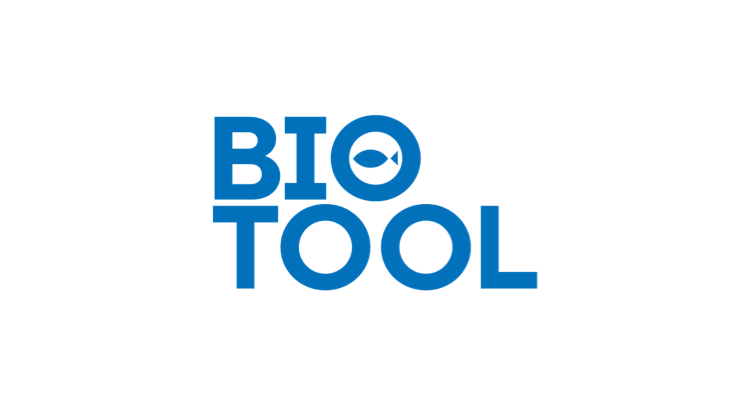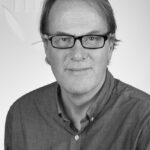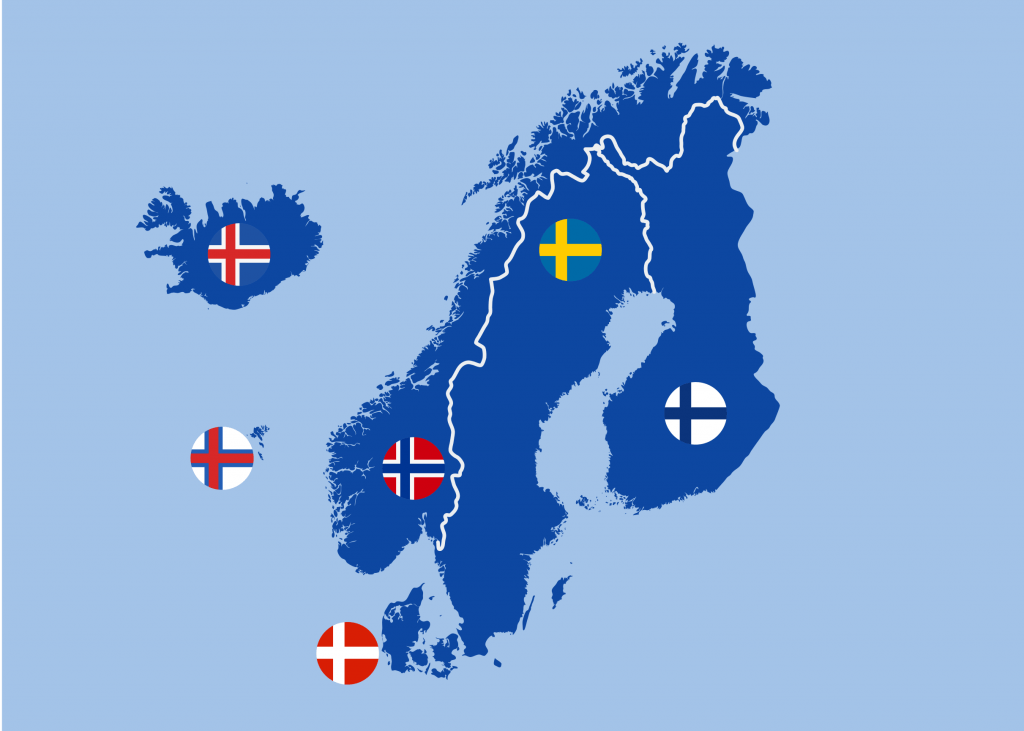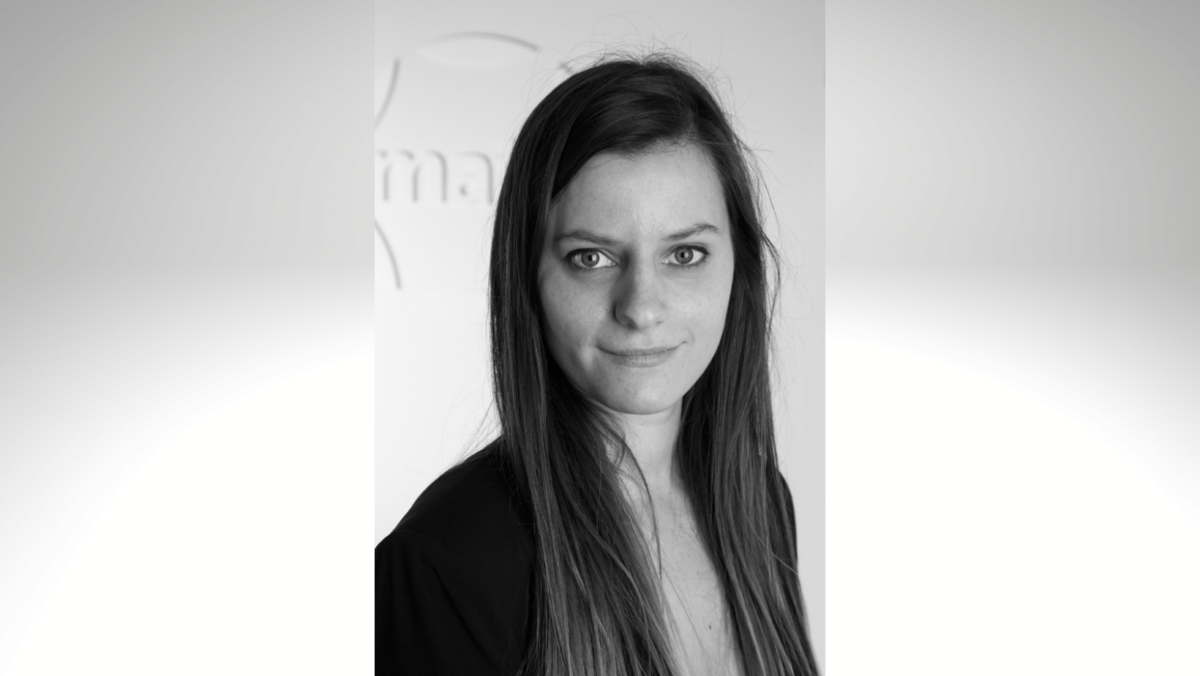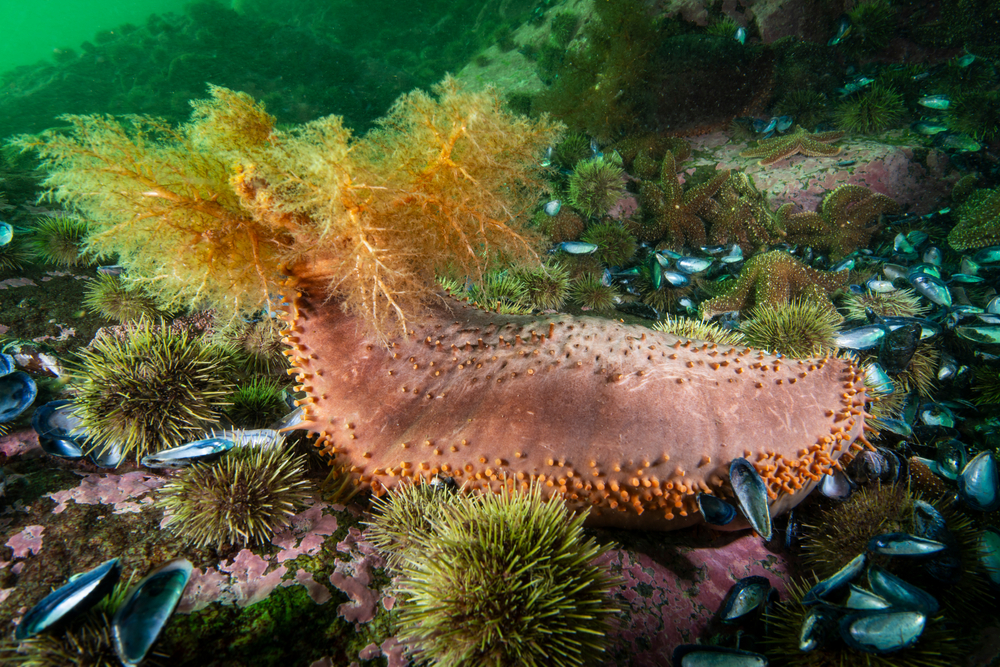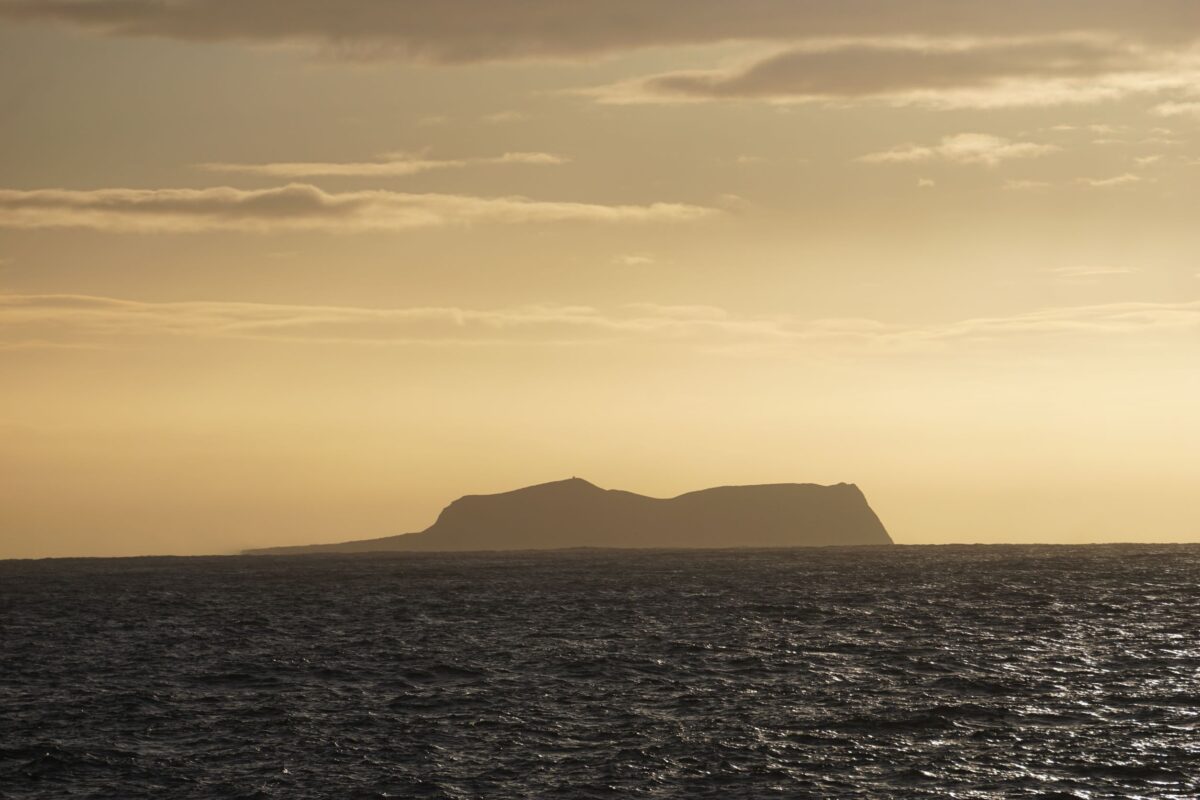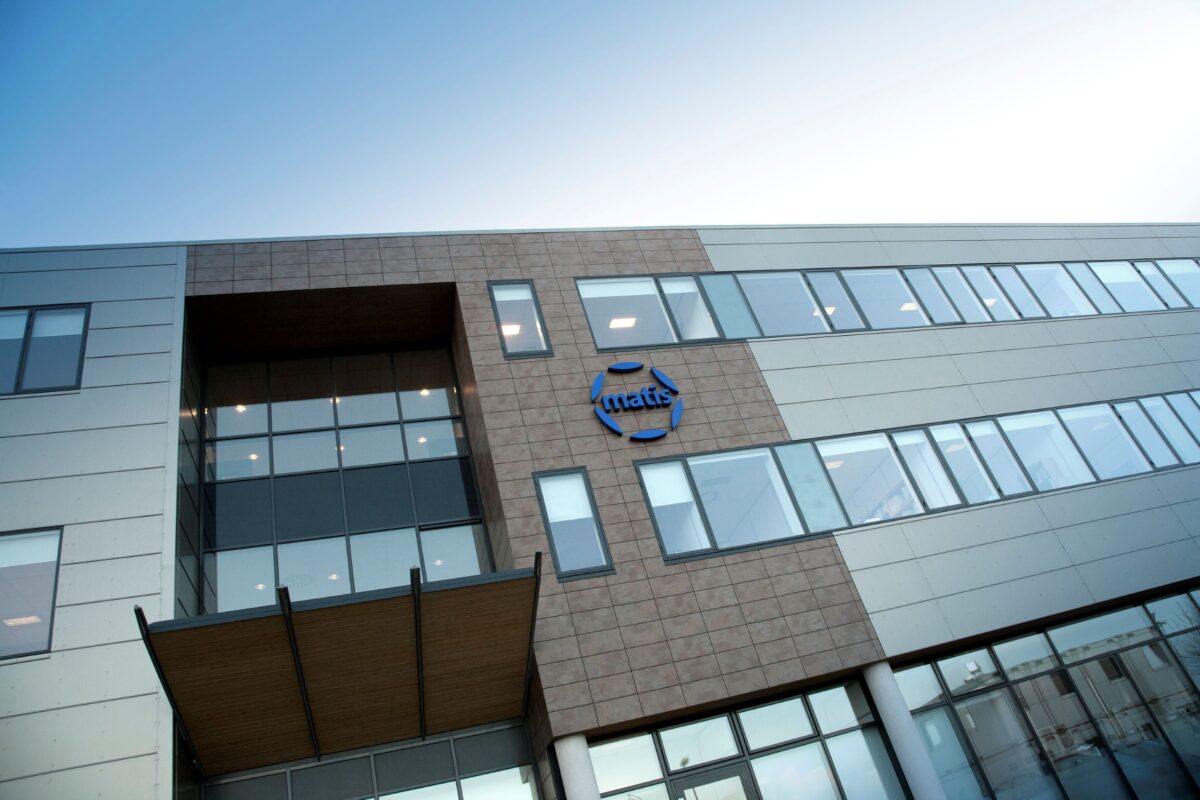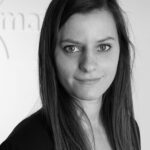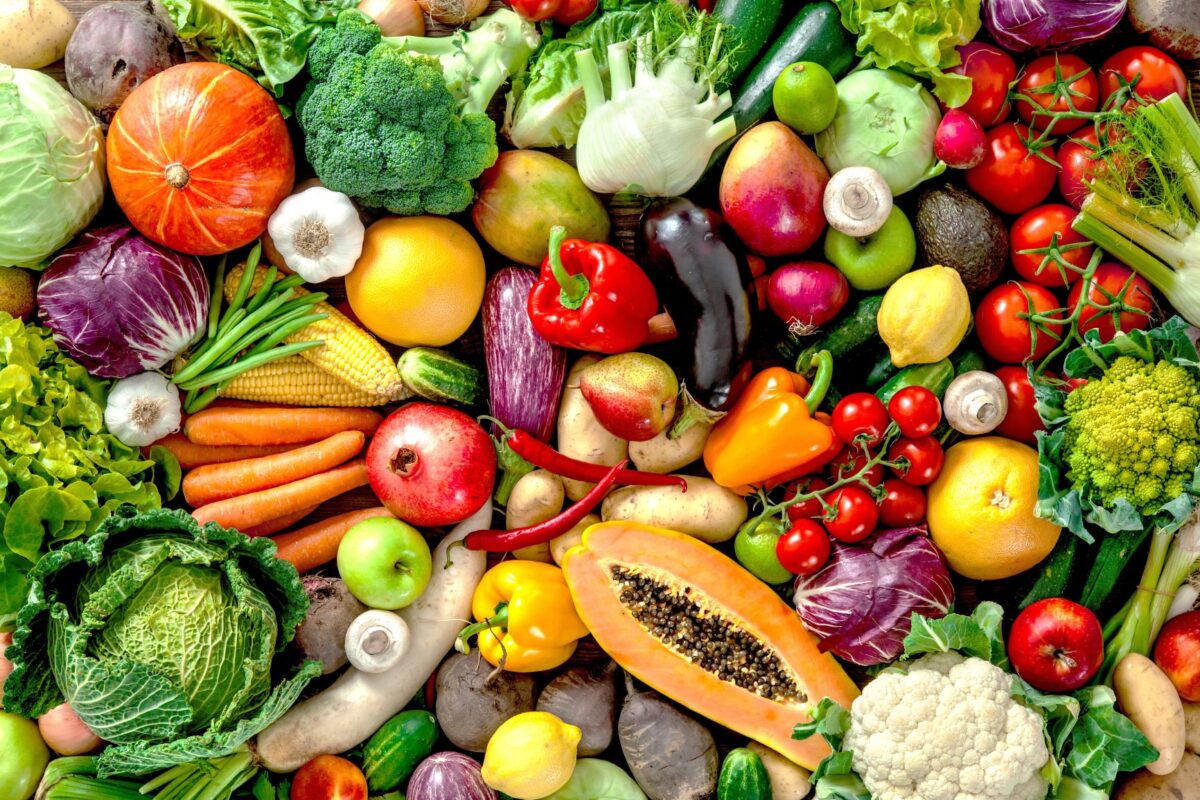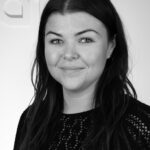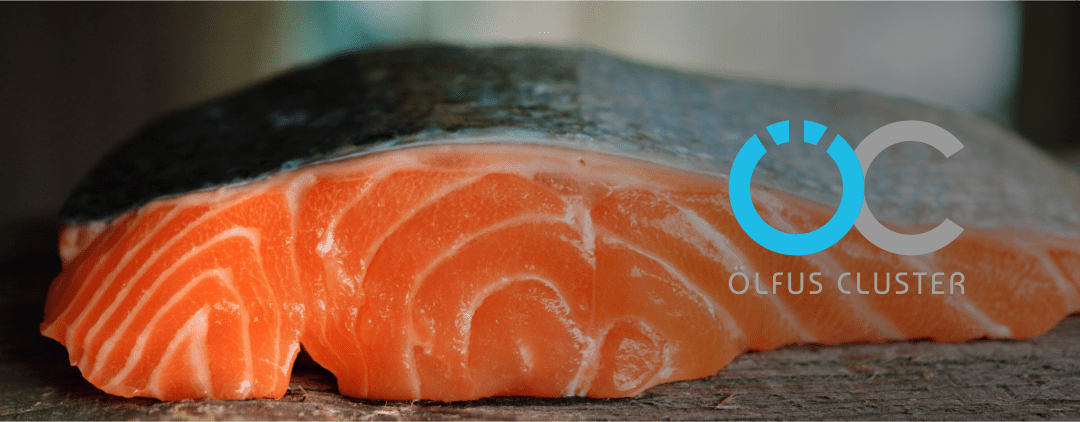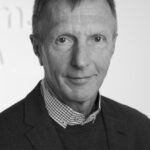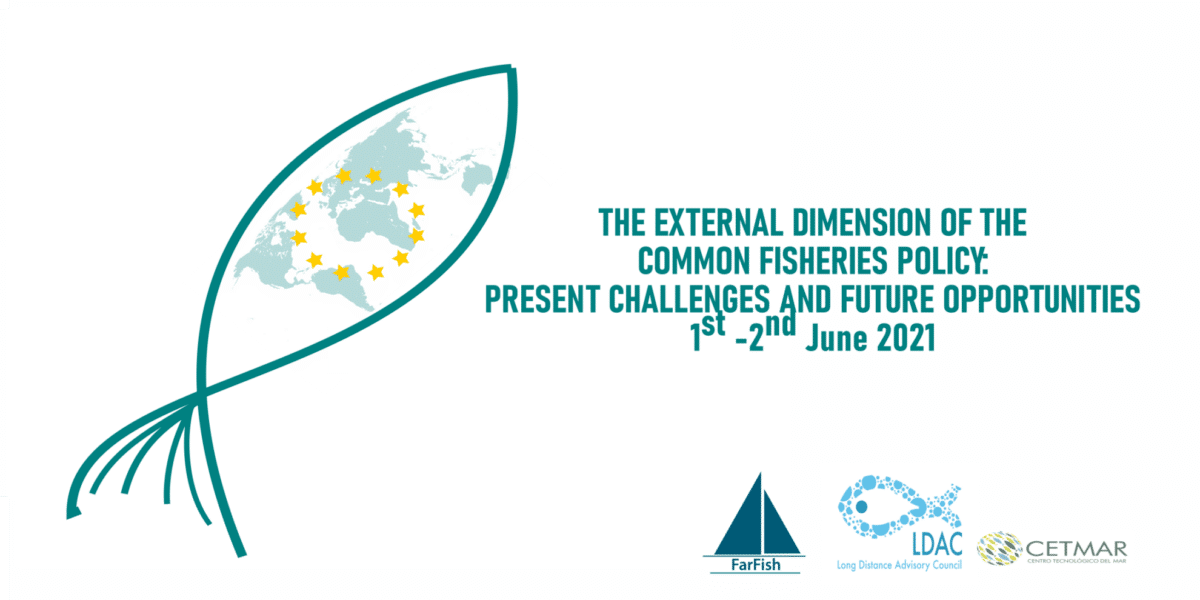Matís, RORUM, Háskóli Íslands, Tækniháskólinn í Danmörku (Danmarks Tekniske Universitet, DTU) og Fiskeldi Austfjarða (Ice Fish Farm) hafa tekið höndum saman um verkefnið BIOTOOL sem mun vinna að þróun nýrra erfðafræðilegra aðferða til vöktunar á lífríki botns við fiskeldi í sjókvíum.
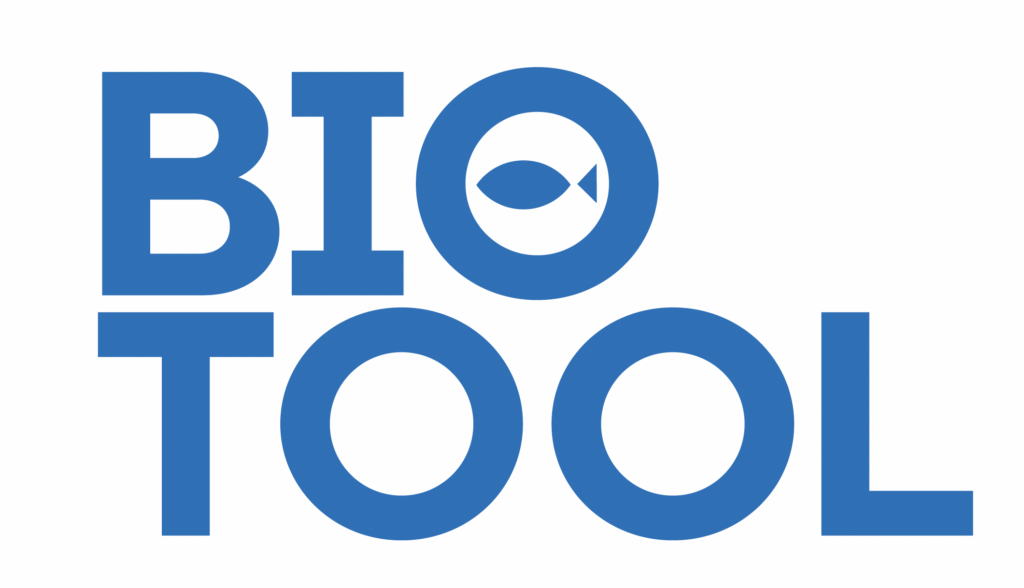
Um er að ræða mjög umfangsmikið verkefni, sem er einstakt að því leiti að nýtt verður 20 ára gagnasafn og hátækni til þess að nema og vakta breytingar sem geta orðið á lífríki vegna fiskeldis í sjókvíum. Markmiðið er að þróa ódýrari og nákvæmari aðferð til vöktunar á mögulegum breytingum á botndýralífi vegna sjókvíaeldis, sem mun ekki aðeins auka hagkvæmni og bæta umhverfismál fiskeldis, heldur einnig aðstoða stjórnvöld og stofnanir, sem ábyrg eru fyrir leyfisveitingum og vöktun umhverfisins.
BIOTOOL verkefnið byggir á langtíma gögnum um fjölbreytni hryggleysingja á botni undir og nærri eldiskvíum og hvernig tegundasamsetning og fjölbreytni þeirra breytist við aukið lífrænt álag samfara fiskeldi. Í verkefninu verður nýjustu erfðatækni í umhverfisrannsóknum beitt, þar sem notast verður við svokallað „umhverfis erfðaefni“ (environmental DNA, eDNA) til að nema breytingar í botnvist undir sjókvíum. Verkefnið mun nota sjálfvirka umhverfissöfnunarvél (Environmental Sampling Processor, EPS) sem getur síað sjó, einangrað erfðaefni úr sjónum og magngreint allt að fimm dýrategundir til að nema breytingar í botnvist. Verkefnið mun miða að því að skilgreina þær fimm dýrategundir, vísitegundir, sem sýna breytileika í fjölda með auknu lífrænu álagi frá fiskeldi í sjókvíum. Erfðamörk til að nema eDNA þessara tegunda í sjó við fiskeldi, verða þróuð á rannsóknarstofu áður en aðferðin verður aðlöguð að umhverfissöfnunarvélinni, sem í framtíðinni verður hægt að koma fyrir í fjörðum í kringum Ísland til sjálfvirkra mælinga.
BIOTOOL er styrkt af Tækniþróunarsjóði.


